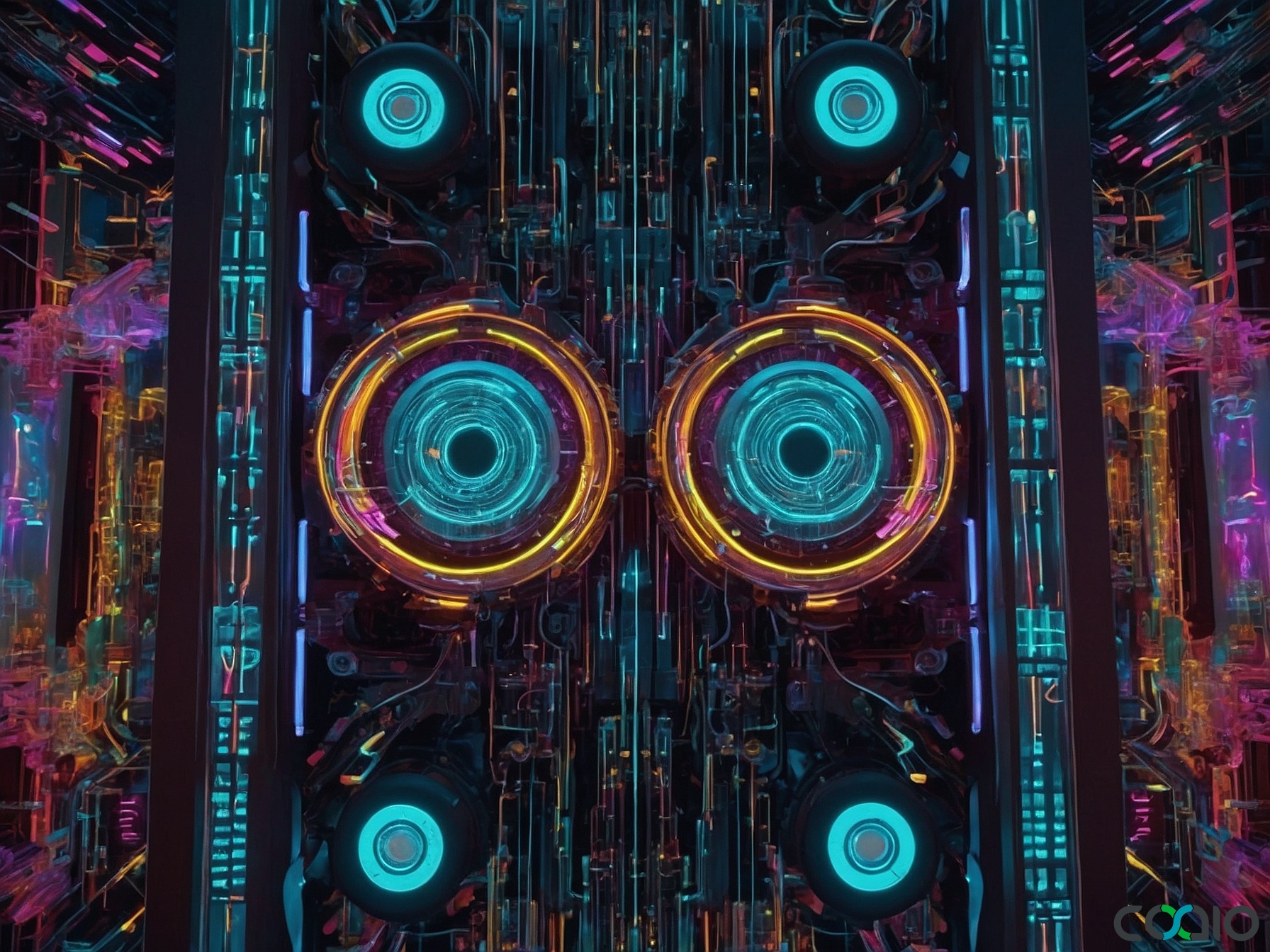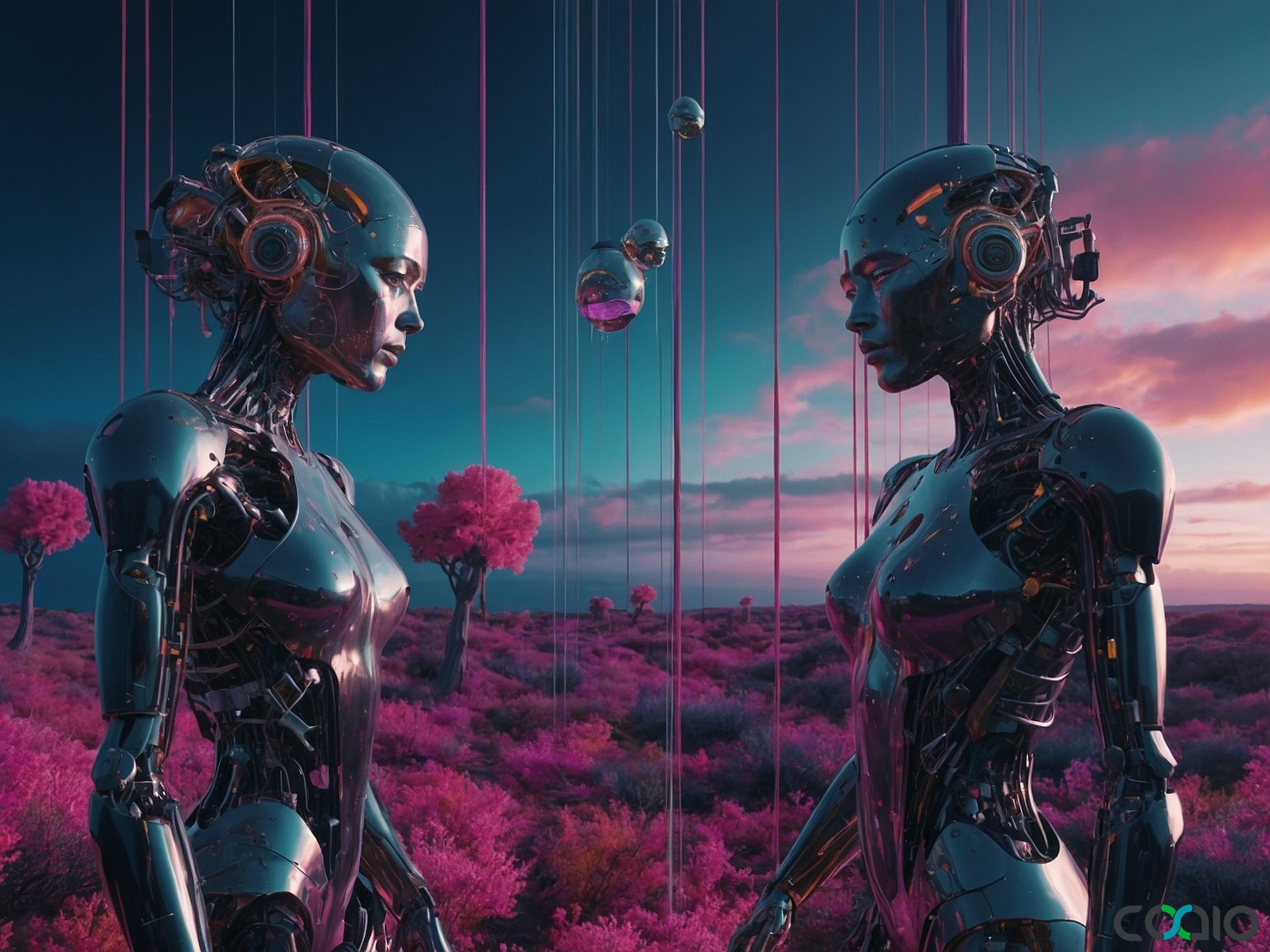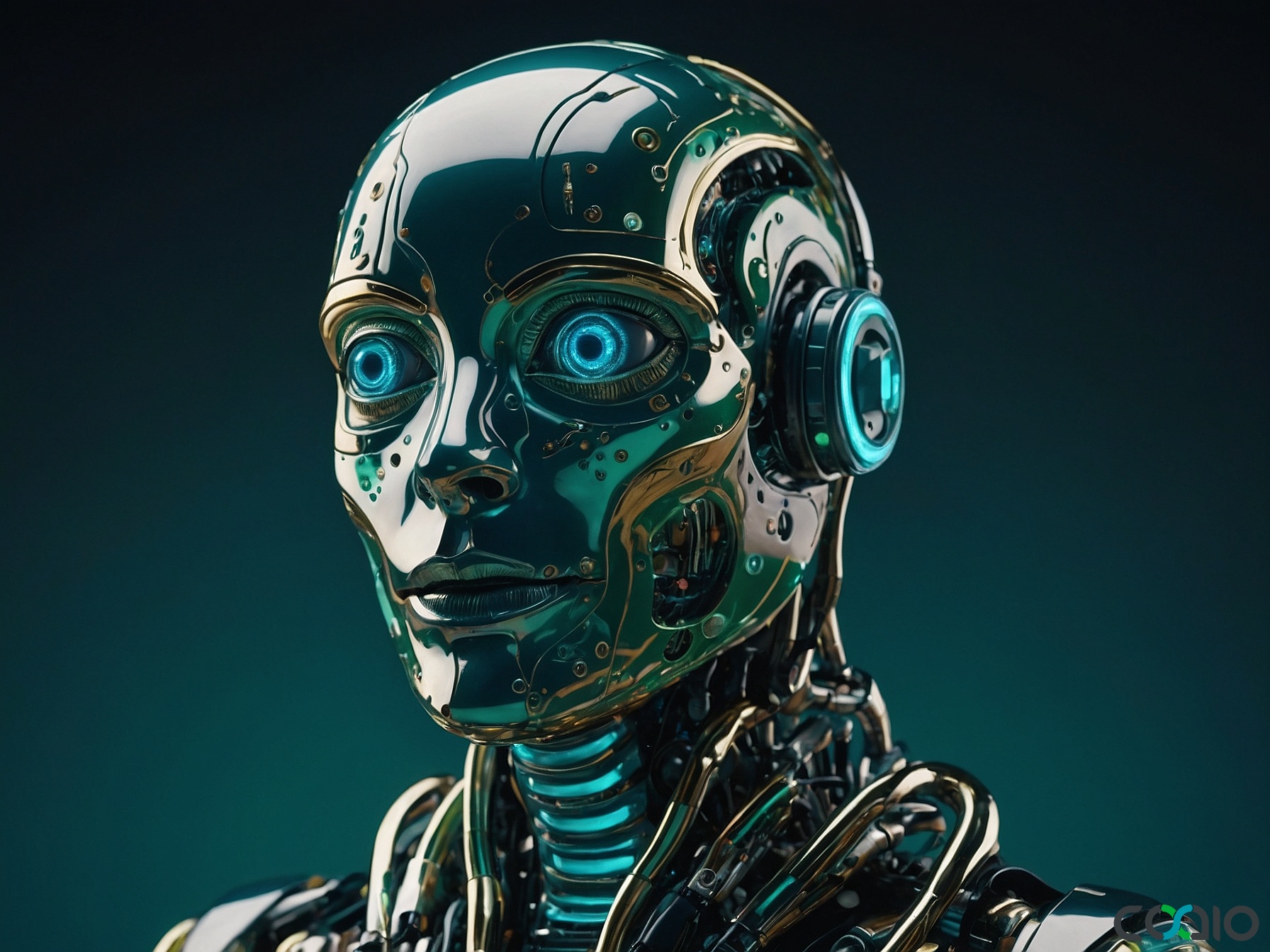
Breakthroughs in AI and Software Development: Cost-Effective Innovations Shaping 2025
The tech world is buzzing with exciting developments in software development, as companies push the boundaries of AI, efficiency, and innovation. As of October 20, 2025, we’re seeing a wave of announcements that promise to make coding faster, more affordable, and more aligned with developer needs. From AI models that rival the best in the industry to new tools for business applications, these advancements are poised to transform how startups and enterprises build software. This article dives into the latest headlines, exploring their implications for the industry and how they could influence future projects.
Anthropic’s Latest AI Leap: Introducing Claude Haiku 4.5
Anthropic has made waves in the AI community with the release of Claude Haiku 4.5, a model that’s being hailed as a game-changer for developers seeking high performance without breaking the bank. According to a report from SD Times, this new iteration offers coding capabilities on par with the more established Claude Sonnet 4 and 4.5 models, but with significant advantages in speed and cost Read more. Specifically, Claude Haiku 4.5 is twice as fast and one-third the price, making it an attractive option for teams working on tight budgets.
This release comes just two weeks after Anthropic touted Claude Sonnet 4.5 as the “best coding model in the world,” highlighting the rapid pace of innovation in AI-driven development tools. For software engineers, this means access to advanced features like enhanced code generation, debugging assistance, and natural language processing that can accelerate project timelines. Imagine a world where complex algorithms are optimized in minutes rather than hours, allowing developers to focus on creative problem-solving rather than mundane tasks.
The implications for the broader industry are profound. As AI models become more accessible, smaller teams and startups can compete with larger corporations by leveraging these tools to streamline their workflows. This democratization of technology could lead to a surge in innovative applications, from automated customer service bots to personalized healthcare software. However, it’s not without challenges; concerns about data privacy and model accuracy remain at the forefront, as highlighted in recent discussions on AI ethics Read more.
In a field where cost efficiency is key, this development underscores the importance of balancing performance with affordability. For instance, teams could use Claude Haiku 4.5 to prototype ideas quickly, reducing the time-to-market for new products. This is particularly relevant in today’s economic climate, where funding for tech ventures is competitive, and every dollar counts.
Evolving Metrics for Software Development Performance
Developers are increasingly vocal about how their work should be evaluated, moving beyond traditional technical metrics to a more holistic approach. A recent report from JetBrains, as covered by SD Times, reveals that while the DORA (DevOps Research and Assessment) metrics have long been the standard, many professionals now advocate for measurements that include factors like team well-being, innovation impact, and business outcomes Read more.
DORA metrics, which track deployment frequency, lead time for changes, change failure rate, and mean time to recovery, have been instrumental in assessing software delivery efficiency. However, the JetBrains State of Developer Ecosystem 2025 report indicates a shift, with developers expressing frustration over metrics that overlook the human element. For example, one developer quoted in the report mentioned, “We’re not just code machines; we need evaluations that consider our mental health and the real-world value we create.”
This evolution reflects a maturing industry that’s recognizing the importance of sustainable practices. In an era where burnout is rampant, companies are starting to adopt frameworks that incorporate qualitative assessments, such as employee satisfaction surveys and innovation scores. This could lead to better retention rates and more effective teams, ultimately resulting in higher-quality software.
The report’s findings are timely, as remote work and hybrid models continue to influence developer experiences. By broadening performance metrics, organizations can foster environments that encourage creativity and collaboration, potentially leading to breakthroughs in software design and functionality. For instance, a company that prioritizes developer feedback might see improvements in user-friendly interfaces, making applications more intuitive and accessible.
Oracle’s AI Agent Marketplace: A New Era for Business Applications
Oracle is stepping up its game in the AI space with the launch of its AI Agent Marketplace, designed to help businesses deploy validated AI agents seamlessly within their cloud-based systems. As detailed in SD Times, this marketplace offers templates built by Oracle partners for various processes, including finance, HR, and supply chain management Read more. It’s integrated with Oracle Fusion Applications, providing a one-stop shop for enterprises looking to enhance their operations with AI.
This initiative addresses a common pain point: the complexity of implementing AI solutions. By offering pre-validated agents, Oracle reduces the risk associated with custom development, allowing companies to focus on core business goals rather than technical hurdles. For example, an HR team could use an AI agent to automate recruitment processes, analyzing resumes and scheduling interviews with minimal human intervention.
The marketplace’s potential impact is significant, especially for growth-stage firms navigating digital transformation. It could accelerate adoption of AI in everyday business functions, leading to cost savings and improved efficiency. Analysts predict that such tools will become standard, with the global AI in business market expected to grow exponentially in the coming years Read more.
Quirks in Tech: From Toilet Cameras to AI Math Debacles
Not all tech news is about cutting-edge software; sometimes, it veers into the unexpected. Take, for instance, Kohler’s unveiling of the Dekoda, a $599 camera that attaches to your toilet bowl to monitor its contents. As reported by TechCrunch, this device aims to provide health insights by analyzing waste, though it’s raised eyebrows for its privacy implications Read more. While not directly related to software development, it highlights how IoT and AI are infiltrating everyday life, potentially integrating with health apps via software APIs.
On a more sobering note, OpenAI faced scrutiny over claims about GPT-5 solving unsolved math problems, which TechCrunch labeled as “embarrassing” Read more. The controversy underscores the need for transparency in AI development, reminding the industry that hype must be backed by evidence. These stories serve as a reminder that software innovation isn’t just about new releases—it’s about ethical considerations and real-world applicability.
As we wrap up this overview of the latest in software development, it’s inspiring to think about how these advancements can empower creators. In a creative twist, imagine a world where innovative ideas flourish without the burdens of inefficiency. That’s the essence of turning bold visions into reality, where startups can thrive on their ingenuity alone, supported by tools that minimize risks and maximize resources.
About Coaio
Coaio Limited is a Hong Kong-based tech firm that specializes in outsourcing software development and building dedicated teams in Vietnam. We offer comprehensive services including business analysis, competitor research, risk identification, design, development, and project management, delivering cost-effective, high-quality software solutions for startups and growth-stage companies. Our user-friendly designs and expert tech management cater to clients in the US and Hong Kong, helping them streamline operations and bring ideas to life efficiently. By partnering with us, you can focus on your core vision while we handle the complexities, ensuring minimal risk and optimal results.
 Français
Français
 Español
Español
 廣東話
廣東話
 中文
中文
 日本語
日本語
 한국어
한국어
 العربية
العربية
 Deutsch
Deutsch
 English
English
